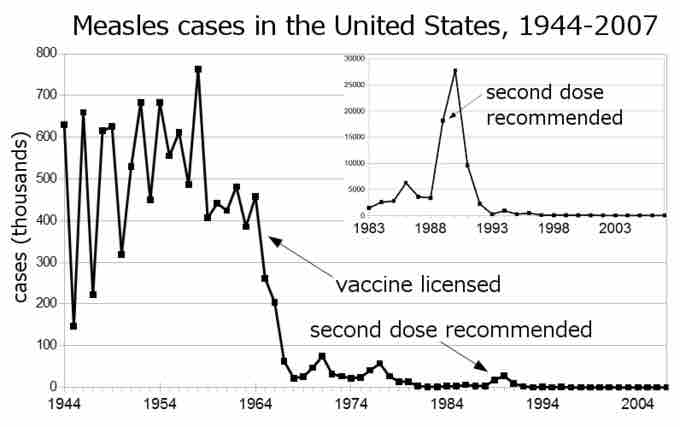Humans are uniquely able to consciously alter their environment to increase its carrying capacity. This capability is an underlying reason for human population growth as humans are able to overcome density-dependent limits on population growth, in contrast with all other organisms.
Human intelligence, society, and communication have enabled this capacity. For instance, people can construct shelters to protect them from the elements; food supply has increased because of agriculture and domestication of animals; and humans use language to pass on technology to new generations, allowing continual improvement upon previous accomplishments. Migration has also contributed to human population growth. Originating from Africa, humans have migrated to nearly every inhabitable area on the planet.
Public health, sanitation, and the use of antibiotics and vaccines have lessened the impact of infectious disease on human populations. In the fourteenth century, the bubonic plague killed as many as 100 million people: between 30 to 60 percent of Europe's population. Today, however, the plague and other infectious diseases have much less of an impact. Through vaccination programs, better nutrition, and vector control (carriers of disease), international agencies have significantly reduced the global infectious disease burden. For example, reported cases of measles in the United States dropped from around 700,000 a year in the 1950s to practically zero by the late 1990s . Globally, measles fell 60 percent from an estimated 873,000 deaths in 1999 to 164,000 in 2008. This advance is attributed entirely to a comprehensive vaccination program.

Measles cases reported in the United States, 1944-2007
Measles cases reported in the United States, represented as thousands of cases per year, declined sharply after the measles vaccine was introduced, in 1964.
Developing countries have also made advances in curbing mortality from infectious disease. For example, deaths from infectious and parasitic diseases in Brazil fell from second place as the most important causes of death in 1977 to fifth place in 1984. The improvement is attributed in part to increased access to essential goods and services, reflecting the country's rising prosperity. Through changes in economic status, as in Brazil, as well as global disease control efforts, human population growth today is less limited by infectious disease than has been the case historically.

Countries by Fertility Rate Comparison
The advent of modern medicine is very closely tied to childhood mortality, as well as the number of children per mother (Fertility Rate). As modern medicine decrease child mortality, the birth rate decreases.